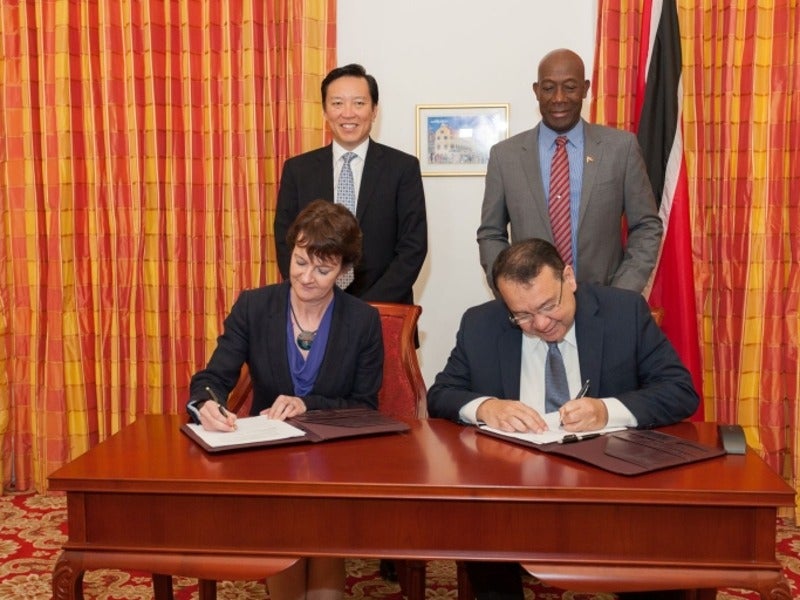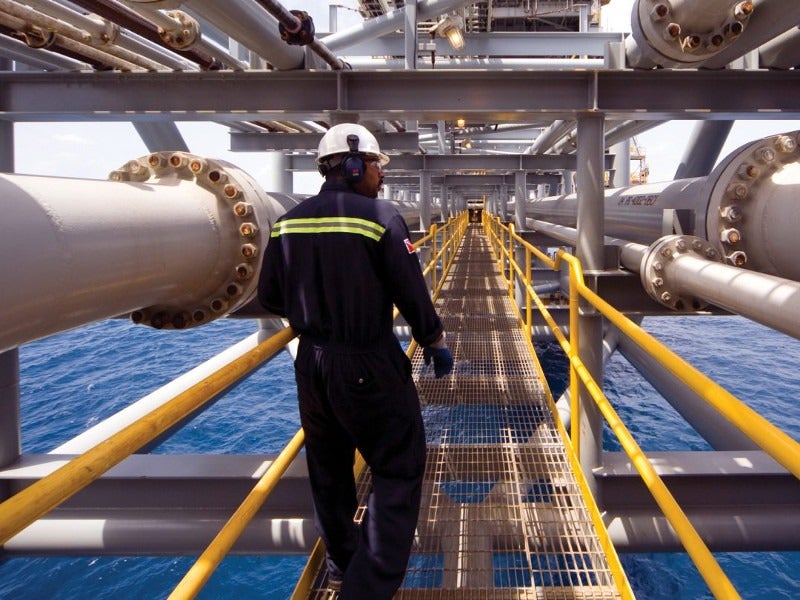The Cassia Compression project is a new offshore gas project being developed in Trinidad and Tobago. It involves the installation of a new platform, Cassia C, for compressing the gas produced by the nearby existing fields in the Greater Cassia Area.
BP Trinidad and Tobago (BPTT), held by BP (70%) and Repsol (30%), is the owner and operator for the Cassia C platform. The platform is BPTT’s 16th offshore facility and BP’s first compression platform in Trinidad.
The Cassia C platform is capable of processing 1.2 billion standard cubic feet of gas per day (bscfd), following commissioning in the third quarter of 2021.
In addition to maintaining the stability of gas production in the country, the project is also expected to supply gas to downstream customers and Atlantic LNG.
Cassia compression platform project background
Operating since 1983, the Cassia gas field was expanded with the commissioning of the Cassia B platform in 2003. The unmanned 2.6bscfd Cassia B platform is situated at water depths of 68m (223ft) and was the largest offshore gas processing facility platform of the world at that time.
The Cassia B offshore platform processed approximately 1.4bcf of gas a day received from other platforms, as of 2013.
Cassia compression project details
The Cassia C platform will be located approximately 57km offshore the south-east coast of Trinidad.
The platform will collect gas from various fields in the Greater Cassia Area and compress it to create low-pressure gas reserves. Three compressors, employing gas turbine technology, will compress the collected gas and then forward to the Cassia B platform for export.
Liquids produced at Cassia C and Cassia B platforms will be mixed and boosted for export to maximize resource recovery.
The platform will feature 8,928t topsides, a jacket weighing 3,747t, and a 793t bridge connecting to the existing Cassia B platform. The jacket and the bridge landing frame will be fabricated in La Brea province of Trinidad, while the topside structure will be manufactured at McDermott’s fabrication facility in Altamira, Mexico.
McDermott’s digital Twin technology, based on Gemini XD software platform, will be used at the platform for effective gas compressing.
Contractors involved
Fluor Corporation was awarded the front-end engineering and design (FEED) of the Cassia Compression platform in 2017.
McDermott International was awarded the engineering, procurement, and construction (EPC) as well as hook-up and commissioning of topsides, jacket, and bridge for the Cassia C platform, in January 2019. The contractual scope also includes performing modifications to Cassia B for effective transportation of gas.
McDermott provided detailed engineering as well as long lead procurement services contract for the platform in January 2019.
Trinidad Offshore Fabrication is responsible for the manufacture of the oil ridge jacket and the bridge landing frame for the project.
Oil and gas market in Trinidad and Tobago
Trinidad and Tobago is the largest producer of oil and natural gas in the Caribbean region, with a footprint in the petroleum sector for more than hundred years. It is estimated to have produced more than three billion barrels of oil to date.
The country hosts the Phoenix Park Gas Processors’ (PPGPL) natural gas liquids facility. Hydrocarbon sector of the nation shifted its focus from oil utilization to natural gas-based sector in the early 1990s.




